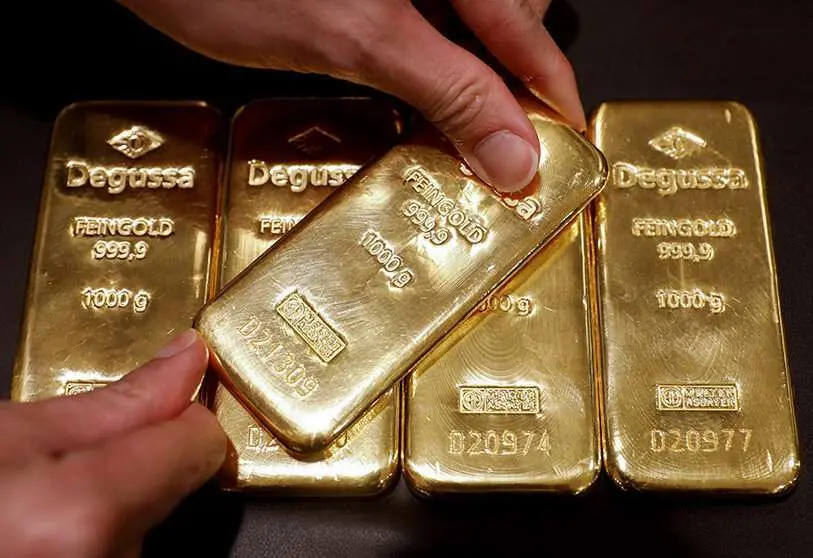Gold and the market fear that is not

Why are gold and silver not trading at higher prices? This is a question many investors are likely to ask these days. And rightfully so. Central banks keep in-terest rates at extremely low levels and continue to increase the supply of credit and money. This, in turn, leads to goods price inflation that is already rather painful for the average consumer. Not only are the prices of daily necessities – food, energy, transport etc. – rising. Asset prices – in particular, prices for real estate and housing – are also driven up as a consequence of an increasingly in-flationary monetary policy. This benefits the owners of assets, but it is a burden to those who still want to buy them (such as young families wishing to buy a home).
What is more, real interest rates have entered negative territory. That is, the purchasing power of people’s money in the bank dwindles over time. Central banks, supported by mainstream economists, have repeatedly suggested that higher price inflation is only temporary and that sooner or later lower price in-flation rates will follow. While this argument has some merits, it does not re-flect the full truth. It is undeniable that there is some temporary element to higher producer and consumer prices related to the supply and demand prob-lems caused by the politically dictated lockdowns. Production shortages and logistical bottlenecks result in upward price pressures in almost all goods and services sectors.
However, a general increase in virtually all goods and services prices across the board indicates an inflationary monetary policy: a policy that significantly in-creases the quantity of money. And that is what is actually happening in many countries around the globe. To make matters worse, there is no end to the in-flationary forces in sight. The truth is that economies are burdened with record levels of debt after years of very low interest rates. The Institute of International Finance (IIF) estimates that by the end of Q1 2021, global debt had reached 289 trillion US-dollar or 360 per cent of global gross domestic product. Against this backdrop, it is hard to see how central banks could raise interest rates without triggering the next severe credit or financial and economic crisis.
At the same time, financial markets have remained relatively tame. There is no “flight out of money”, no sell-off in the bond markets. This should not come as a surprise, though. After all, people’s confidence in central banks’ willing-ness and ability to keep price inflation low has not actually weakened. Nor do people expect an imminent collapse of the unbacked paper money system, which has resulted in a credit pyramid on the largest scale over the last decades. Perhaps it is not too far-fetched to say that central banks have succeeded in putting people’s inflation concerns, payment default fears, and crash angst to rest. This could explain why gold and silver are not trading higher than they cur-rently are. However, all this does not speak against the attractiveness of holding physical gold and silver as a part of the ‘liquid means’ in one’s portfolio.
The price of gold is firmly on an upwards trajectory, as suggested by the chart above, a development that is largely supported by central bank policies to in-crease the money supply and keep real interest rates in negative territory for the foreseeable future. What is more, it is very likely that central banks’ balancing act will no longer work at some point and will most likely lead to a brutal infla-tion problem: If and when they have to choose between letting the financial and economic system go bust or printing additional money (to ward off the “big crisis”), it is very likely that central banks will opt for the latter rather than the former. However, as market players hold fast to their faith in central banks, for the time being, gold and silver are currently not ranking higher on people’s value scale.
Having said that, investors with a long-term horizon should consider the current pricing of gold and silver as a highly attractive opportunity to expand their phys-ical precious metal portfolio. When looking back to July 2021 in a few years, I am quite sure that the decision to get an exposure to the “monetary metals” gold and silver was to the investors’ benefit.
Thorsten Polleit. Chief Economist at Degussa.

